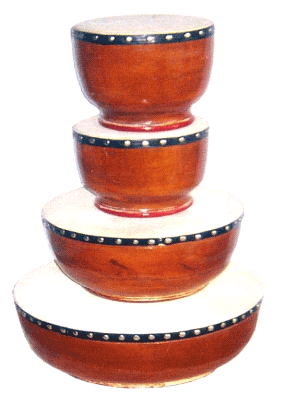In making poems there are some things that need our attention, is as follows.
1. theme
Principal theme is the idea that we wish to express in poetry that we buat.Tapi, for a beginner it is sometimes difficult to determine a suitable theme for puisinya.Namun, themes can be explored (exploratory) mdari life experiences, events that we've experienced, or imagination.
2. diction
In the poem, the words used are connotative and figurative meaning puitis.Konotasi or meaning more than likely have the effect of beauty satu.Puitis meaningful and different from the words we use daily.
3. Rima
Rima is also often called the poem or rhyme, is a repetition of sounds in poetry for poetry merdu.Dalam effect, the use of rhyming poems are very supportive atmosphere hati.Ada two common euphony in poetry, the alliteration and euphony merypakan asonansi.Aliterasi generated by huryf dead or consonant, while asonansi is euphony produced by vowels.
4. style of language
Apart from the elements described above, the other poetic elements of style or language poetry kiasan.Gaya language has to be fresh, lively and explain the general overview angan.Sifat baghasa the poem style attribute something to decree anything menghubungklan view of how the other.
»» READMORE...
1. theme
Principal theme is the idea that we wish to express in poetry that we buat.Tapi, for a beginner it is sometimes difficult to determine a suitable theme for puisinya.Namun, themes can be explored (exploratory) mdari life experiences, events that we've experienced, or imagination.
2. diction
In the poem, the words used are connotative and figurative meaning puitis.Konotasi or meaning more than likely have the effect of beauty satu.Puitis meaningful and different from the words we use daily.
3. Rima
Rima is also often called the poem or rhyme, is a repetition of sounds in poetry for poetry merdu.Dalam effect, the use of rhyming poems are very supportive atmosphere hati.Ada two common euphony in poetry, the alliteration and euphony merypakan asonansi.Aliterasi generated by huryf dead or consonant, while asonansi is euphony produced by vowels.
4. style of language
Apart from the elements described above, the other poetic elements of style or language poetry kiasan.Gaya language has to be fresh, lively and explain the general overview angan.Sifat baghasa the poem style attribute something to decree anything menghubungklan view of how the other.







